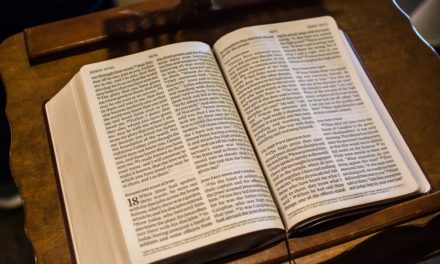Matthew 1:1–17: Jesus Christ, Son of David, and Son of Abraham
Introduction
If I were writing a biography of a famous person, the last thing I would do is to start with a genealogy. Instead, I’d want to open with a snapshot into a particularly crucial moment of that figure’s life, or to give a glimpse into the power of his legacy. But, when the Holy Spirit inspired Matthew, one of Jesus’ own disciples, to write a biographical account (a Gospel) about Jesus Christ, the Spirit directed Matthew to begin with the genealogy we have in Matthew 1:2–16. Matthew, indeed, has a profound purpose for this genealogy, using it to show the sweep of history leading up to Jesus, and presenting Jesus as the fulfillment of everything that God had promised to do for his people in the Old Testament. In this book, we are reminded of Israel’s victories and defeats, pride and scandal. Ultimately, though, Matthew is demonstrating the point that Paul articulates in Galatians 4:4: in the fullness of time, God sent forth his Son.
Discussion Questions
1. Where else in the Bible does the phrase “book of the genealogy” occur (v. 1)? What is the significance of casting this story of Jesus in those terms? What does Matthew mean when he attributes to Jesus the title, “Christ”? What does it mean that Jesus is the “son of David”? What does it mean that Jesus is the “son of Abraham”? Why is it so important to Matthew to trace Jesus’ lineage first from Abraham through David (vv. 2–6a)?
2. Which specific sons of David does Matthew list in vv. 6b–11? What aspect of Jesus’ genealogy is Matthew bringing out by tracing the precise way in which Jesus is the “son of David”? Why do you think that Matthew includes mothers like Tamar (v. 3), Rahab (v. 5), Ruth (v. 5), and Bathsheba (v. 6)? Who were these women, and what do they have in common? How do these mothers prepare us for the story of Mary in the next section (Matt. 1:18–25)?
3. Why does Matthew record Jesus’ genealogy from Jechoniah in Babylon, through those who returned after exile? Is it right for Matthew to present this period of time after the exile on an equal footing with the period from Abraham to David, and the period of Davidic kings in Judah? How does the “begat…begat…begat…” language suddenly change in v. 16? Where is Matthew trying to direct our attention through this?
4. What is the significance of the three sets of fourteen generations that Matthew describes (v. 17)? How many ways has Matthew shaped this genealogy in order to organize according to these three sets of fourteen generations? What do you think Matthew is trying to bring out through this organizational strategy? What do you think about Jesus? Who is he to you, and how do you respond to the claims Matthew is making about him here?




